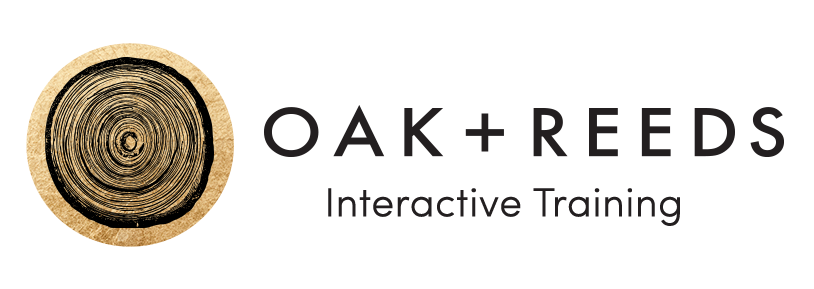The concept of “Yes, and” has been, in my opinion, beaten to death in the business community. That’s in no small part thanks to consultants and trainers (like me!) who use this concept as a panacea for solving collaboration skill-building challenges.
“Yes, and” implies there are only two people in a collaborative transaction; one to share an idea, and the other to build on it. Why is that wrong? Because 99% of real-world challenges, upon closer inspection, involve multiple parties. These challenges can’t be solved with pairs of neatly organized “call and response” surface-level solutions.
Collaboration at work is messy and confusing. How can we fix that this year?
“Yes, and…and”
My solution? Include a third person. We need to start approaching challenges with a question: “Who is the third person we’re not discussing here? What do they want? What can we give them as part of the solution?”
Why is including the third person important?
1. It forces non-binary decision-making - Boolean, “ones and zeros” logic is built into every piece of technology we have, but that doesn’t mean we as humans have to problem solve like an AI robot. Moving away from binary, Yes/No decision-making helps us think about the ripple effects of our decisions in a more comprehensive way.
2. It forces inclusion of multiple points of view - It’s simple to focus a team on hitting a single metric or target. It’s much much harder to keep multiple goals in your team’s crosshairs.
Think of it like exercise (metaphor alert!). It’s easy to pick up a weight with your arm and curl it up to your shoulder. It’s much much harder to do the same movement while balancing on one foot on on unstable surface. You get much more out of a workout if you can engage balance, stability and kinetic challenges into the same movement. The same logic applies when building collaborative problem-solving skills with your team.
The more inputs you can bring to the table, the more you’ll build your team’s ability to think dynamically about multiple stakeholders.
3. If you can include three you can include seventeen - How many customers, internal and external, do you have? I’m talking about your team, the cross-functional teams you require input from to approve budgets, your customers, their bosses determining their budgets, etc. How often do you actively think of ways to bring wins to those farther down the list?
If you can think about a third person’s relationship to a deal or solution, then you can start to think about a fourth. Then a fifth. Keep these small stakeholders top of mind and you’ll discover easy wins that come at little to no cost for the larger initiative.
Let’s practice
In these newsletters I’ll be introducing you to simple group exercises you can facilitate on your own. This month, we’re looking at how to demonstrate the power of “Yes, and, and” to your teams. The following exercise is something you can do at the beginning of your weekly team check-in meeting or in the first five minutes of a daily standup.
Skill: Practicing “Yes, and, and”
Exercise: “I’m a Tree”
Time: 5-7 minutes
# of People: 10-15
After you try this out, let me know how it goes! I’d love to hear how this approach changes the way you look at the challenges you’re addressing in a particular meeting or collaborative setting.

